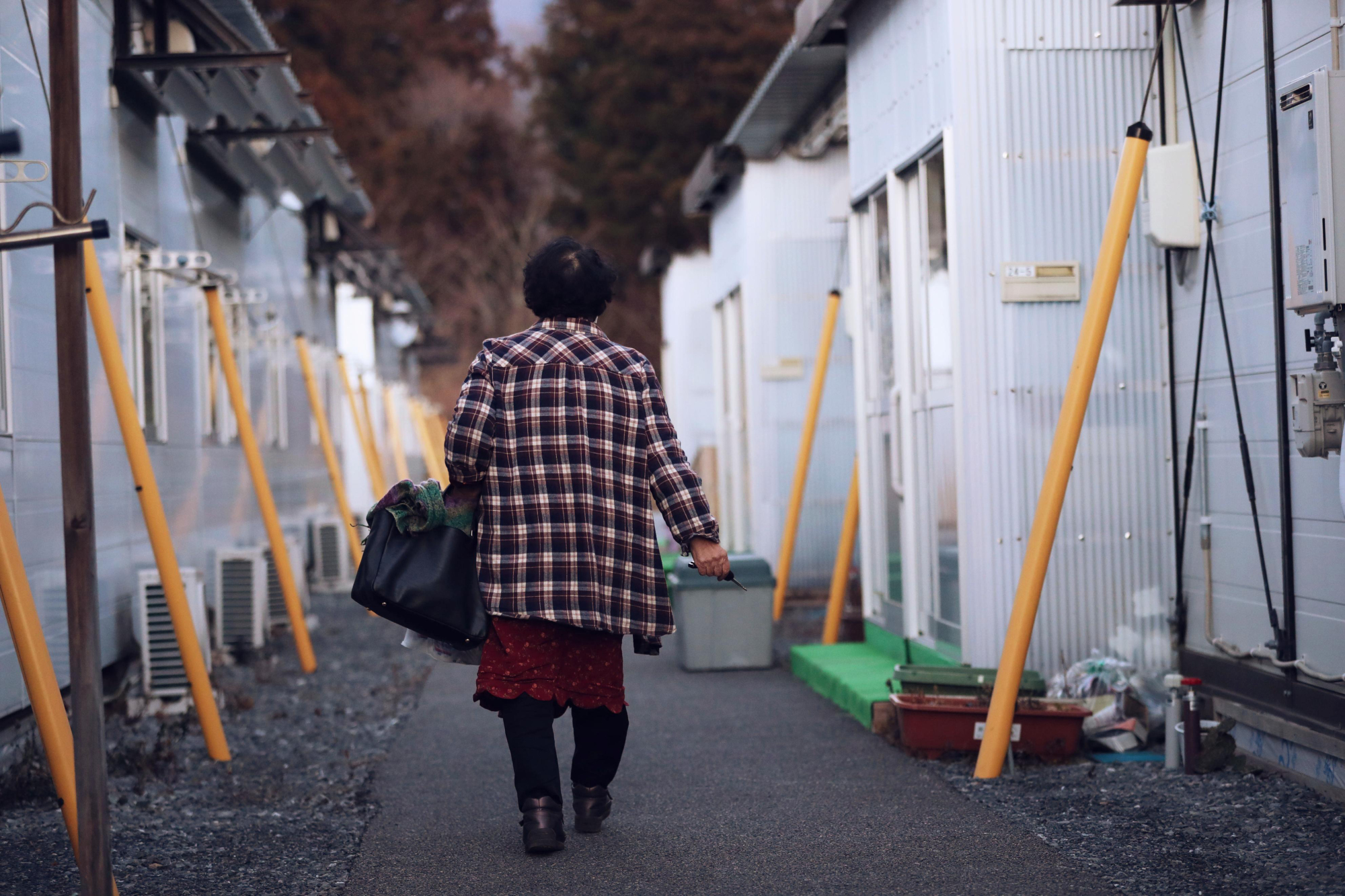The 2011 Great East Japan Earthquake left 110,000 people in three prefectures without shelter. Most of these people moved into emergency evacuation centers while the authorities prepared temporary housing for them.
About 53,000 prefabricated housing units, called kasetsu, were built in accordance with a national law that covers emergency disaster housing. This law, enacted in 1947, states that residents will not stay in these units for more than two years. However, as the sixth anniversary of the disaster arrived on March 11, 35,000 people were still living in these makeshift apartments, the size of which, in accordance with the law, is limited to 30 square meters of floor area: Two 4.5-tatami-mat rooms, a small kitchen, one bathroom, and no dedicated storage area.
Last month, NHK aired a documentary about the people who were still living in kasetsu housing. Almost everyone said they hadn't expected to still be there. In many cases, these people owned homes that were destroyed in the disaster. Some also lost their land, since the tsunami that caused most of the destruction swept away soil. The work to reinforce the land and elevate it to a level that would be safer in the event of another tsunami has taken much longer than initially expected, and until the land is ready they cannot get on with their lives.



